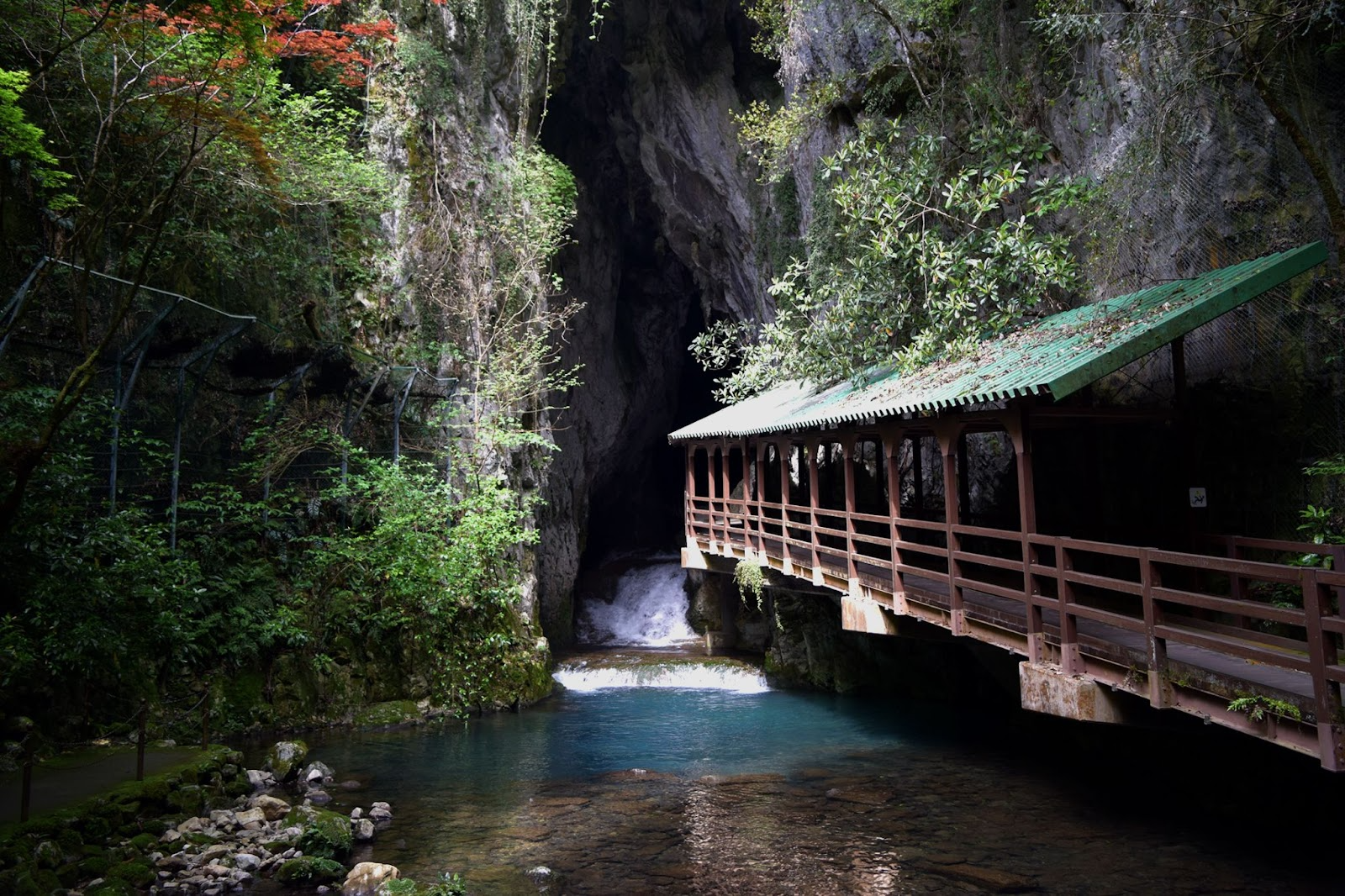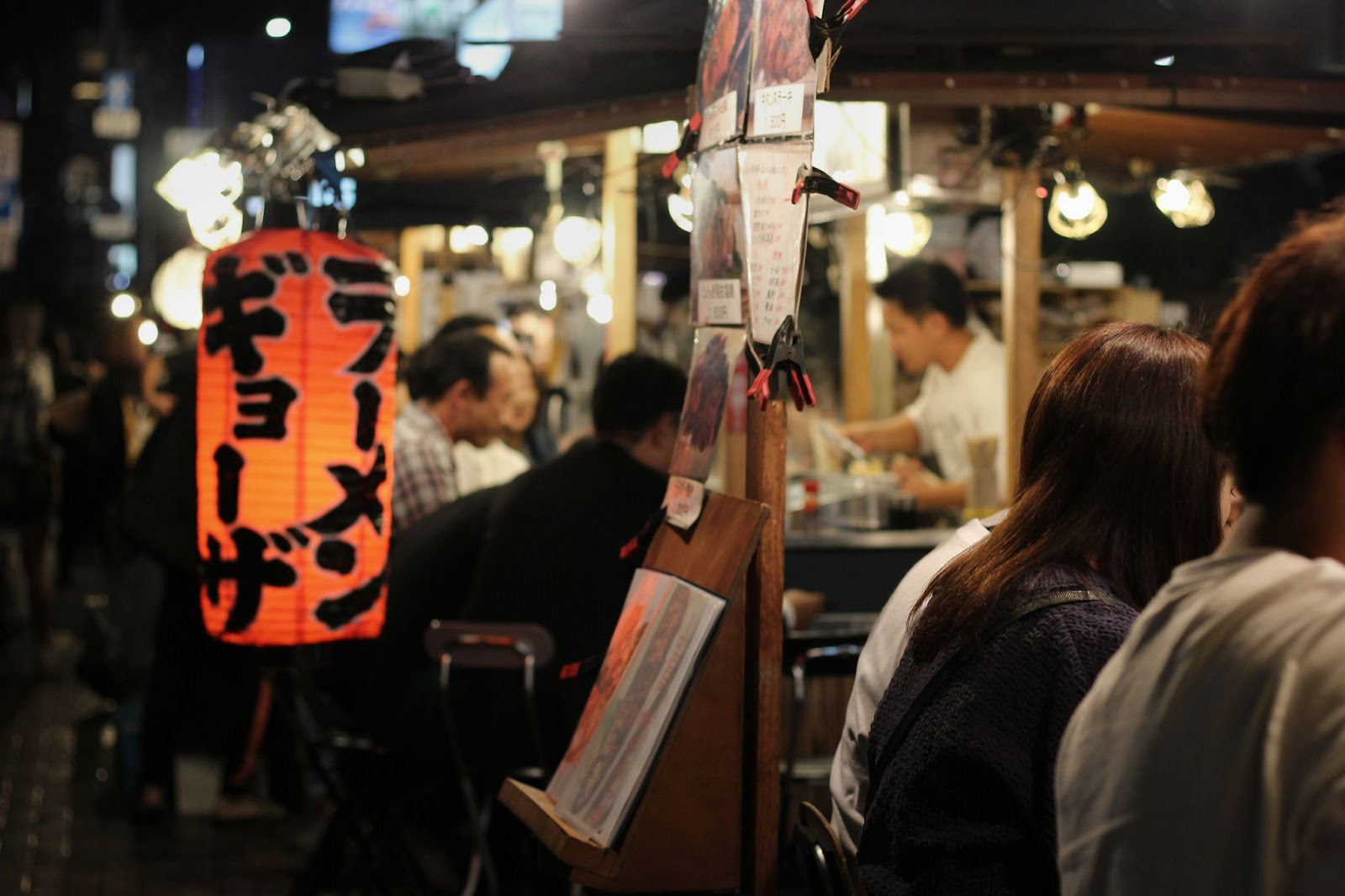When you ride the rails in Japan, an ekiben—those artfully packed boxed meals designed for the journey—quickly becomes more than lunch. It’s a small, hand‑held anthology of regional flavors and stories, and it turns the gentle sway of the carriage into a moving dining room. Since their debut in the late Meiji era, ekiben have threaded together local pride, culinary craft, and the very romance of travel.
In the pages ahead, you’ll explore this “train cuisine” from every angle: its origins, its bond with local communities, even the latest eco‑friendly innovations. Think of each paragraph as a station stop where you can hop off, stretch your curiosity, and step back on with fresh insight. By the time you lift the lid on your own ekiben, you’ll taste far more than what meets the eye.
For well‑traveled guests like you, discovering Japan’s portable gastronomy is a revelation. Learn the backstory here—then board your train and let the journey unfold.
What Is an Ekiben? Tracing Japanese Travel Culture Through Its History and Allure
Birth and History—Ekiben and the Japanese Way of Traveling
Ekiben first appeared on 16 July 1885 at Utsunomiya Station, where the Shiraki‑ya inn sold two sesame‑dotted rice balls with crisp takuan pickles, neatly wrapped in bamboo bark for five sen. At a time when a bowl of soba cost one sen, splurging on this compact feast signaled the start of an adventure. As rail lines stretched across the nation—Tokyo and Kobe were finally linked in 1889—station vendors raced to invent boxed meals that captured local flavor yet could be enjoyed during a brief stop.
These early lunches were never mere “takeaways.” They married practicality with celebration, turning a necessity into a pleasure. To Western eyes, the meticulous packaging and seasonal artistry feel like hospitality in miniature. Once you sense that spirit, even a humble rice ball on a platform bench reveals Japan’s nuanced approach to travel and food.
The Emotion and Richness Train Food Provides
Unwrapping an ekiben invites you to taste place as much as product. Pick up a yuba‑topped box at Kyoto Station and the city’s refined sensibility comes through in a single bite. Peer out the window, chopsticks in hand, and you’ll notice the gentle cadence feels nothing like the sandwich‑on‑the‑go culture common in Europe or North America; here, the meal itself becomes a scenic stop.
An ekiben also sparks conversation—internal or otherwise—about the region you’re gliding through. Food scholars call this “edible tourism,” a lens through which passengers and locals meet without ever leaving the train. The experience may reshape how you view a simple onboard snack.

The Many Charms of Ekiben—Relishing Regional Color and Design
Flavors and Ingredients That Vary by Region
Japan’s long north–south arch produces striking culinary diversity, and ekiben let you sample it without changing hotels:
Hokkaidō: Indulge in Sapporo’s Kaisen Ezo Shōmi, crowned with salmon, ikura, crab, scallops, and uni; then contrast it with Hakodate’s rustic Ikameshi—squid lovingly stuffed with rice.
Hokuriku (Ishikawa & Toyama): Lift the cedar lid of Toyama’s Masu‑no‑Sushi to release a forest aroma, or admire Kanazawa Zanmai, where jewel‑toned bites form a painterly canvas.
Kyoto: Boxes featuring yuba or delicate hamo echo the city’s understated elegance. The Kyo Maiko Bento, inspired by geisha hair ornaments, turns every ingredient into a tiny artwork.
Kyūshū: From Hakata’s soy‑simmered Kashiwa‑meshi to Kagoshima‑Chūō’s bold Kurobuta‑meshi, the island’s offerings showcase full‑bodied flavors. Ōrío Station’s Taishō‑era Kashiwa‑meshi arrives in nostalgic wood wrapping that whispers of steam‑engine days.(1)(2)
Sampling each of these on a single rail pass is itself an edible pilgrimage.
Packaging: Traditional Craft and Sustainability
Ekiben charm extends well beyond taste. Cedar boxes, bamboo bark, and sasa leaves keep food fresh, perfume the air, and lighten your environmental footprint. Toyama’s Masu‑no‑Sushi, for example, combines a woody scent with mild vinegar rice for a sensory preview before the first bite. Playful shapes—Takasaki’s Daruma Bento or Akashi’s clay Hippari‑dako‑meshi—turn into souvenirs once the last grain is gone.
Today, many vendors weave eco‑tech into tradition: cassava‑based films replace petroleum plastics, and some producers circle back to wooden boxes to reduce waste. If you’re curious about sustainable dining, you’ll find Japan’s blend of heritage and innovation especially compelling. Bamboo and sasa aren’t quaint relics; their natural antibacterial properties have provided hygienic, breathable wrapping for centuries.()

Premium Ekiben and High-End Station Experiences at Tokyo Station
Tokyo Station is where Japan’s entire pantry converges, so even a layover feels like a cross‑country tasting tour. Here, heritage brands embrace high tech and green practices, letting you witness the country’s perpetual dance between past and future.
The World of High-Priced Ekiben
Inside the concourse, over 150 varieties create an ekiben carnival year‑round:
Tokyo Bento (¥2,000)
Seven venerable Edo‑era establishments each contribute a signature bite, stacked in two elegant tiers—an edible tour of Old Tokyo.
Limited Ekiben at Ekiben‑ya Matsuri
Keep an eye out for Kobe‑beef, uni‑laden, or crab‑rich specials that appear in limited runs, turning the purchase itself into a treasure hunt.
Kiwami Bento (¥10,000)
Daimaru Tokyo’s “ultimate bento” layers wagyū sirloin, chateaubriand, and a mini hamburger steak. Yes, you can enjoy a luxury steakhouse course on your tray table.
Even if you opt for something humbler, browsing these showcases tells stories of craft, season, and regional rivalry—all before your train departs.

Refined Station Restaurants & Cafés
Should you crave a linen‑clad table instead, Tokyo Station obliges:
STATION RESTAURANT THE CENTRAL
Retro dining‑car décor and silver service elevate classic hashed beef rice (¥2,100) into a time‑travel experience.
Tōyōken Tokyo Station
This Meiji‑era Western restaurant—once a purveyor to the Imperial Household—serves black curry and Matsusaka‑beef dishes worthy of a leisurely detour.
Tanakada‑shiki Kaisendon Uochū
Thick‑cut sashimi bowls in a serene setting invite you to slow down between transfers.
Even a quick espresso becomes a portal to local history when you know where to look.

Advanced Technology & Sustainability Around Tokyo Station
The station precinct is also a testing ground for the future: an ultra‑fast EV charger near the Marunouchi South Exit, a GranRoof that captures rainwater for cooling, and restaurants that compost scraps into fertilizer for the very vegetables they serve. At Beeat!! Yaesu, a seasonal outdoor court pairs plant‑based menus with up‑cycled furniture—proof that sustainability here is more than a slogan.
Once you recognize these initiatives, savoring an ekiben or glass of sake on‑site becomes part of a wider narrative about modern Japan’s balance of heritage and innovation.
%20Ekiben%20from%20Tokyo.webp?width=750&height=500&name=Fukagawa%20Meshi%20(Clam%20Rice)%20Ekiben%20from%20Tokyo.webp)
Legends and Festivals Surrounding Ekiben
Each ekiben comes wrapped in legend as well as bamboo. The humble rice‑ball set sold on 16 July 1885 turned that day into “Ekiben Day,” celebrated nationwide by rail fans. Tōge‑no‑Kamameshi—served in an earthen Mashiko‑ware pot—was invented for mountain‑pass stops and lives on as a culinary collectible.
If you’re in Tokyo in January, drop by Keio Department Store’s half‑century‑old “Original Famous Ekiben & Nationwide Delicacies Fair.” Live demos, limited revivals, and hundreds of regional boxes bring Japan’s pantry under one roof and invite spontaneous chats with chefs and artisans.
Tasting the stories behind these lunches deepens your empathy for the regions that created them.
Experiences That Connect You with Local Experts and Artists
Food‑Themed Exchange Events
At the autumn “Marunouchi gramme Marché,” producers from every corner of Japan sell fresh foods by weight. Share a taste, swap a story, and you’ll walk away with flavors—and friendships—you won’t find online.
Ekiben Workshops
In February 2025, Tachikawa hosted a children’s design workshop featuring local produce and edible paper. Even if your schedule is tight, similar pop‑ups invite grown‑ups, too—hands‑on ways to link taste with terroir.
Art Meets the Station
From student orchestras to pop‑up galleries, Tokyo Station’s concourse doubles as a cultural salon. Pause for a string quartet, and you might find yourself chatting with locals about the piece they just played.
Encounters with Local Artisans
At ekiben fairs, chefs often step out from behind the counter to field your questions. Ask why they chose cedar over plastic, and you’ll uncover layers of craft rarely described in guidebooks.
Conclusion—The Refined Travel Appeal Ekiben Add to Japan
Since the Meiji era, ekiben have carried local seasons, stories, and dreams onto the nation’s trains. Lifting a lid today, you’ll find tradition seasoned with modern eco‑tech, from bamboo bark that breathes to high‑grade wagyū that satisfies luxury cravings without a white‑tablecloth wait.
Whether you spend ¥800 on squid‑stuffed comfort or ¥10,000 on a wagyū symphony, each box is a tiny, delicious passport stamp. Seek out an ekiben fair, linger over a station café, or join a sustainability workshop—your next Japanese rail journey will feel richer for it.
So on your upcoming trip, board any train, find your seat, and let a beautifully boxed meal color the miles ahead. The tracks will fade behind you, but the flavors and stories you collect will travel on, long after your final stop.
Author Bio



%20to%20eat%20on%20the%20train.webp)


